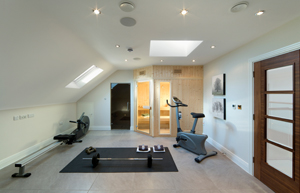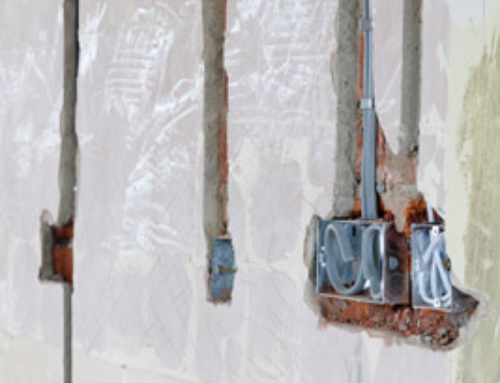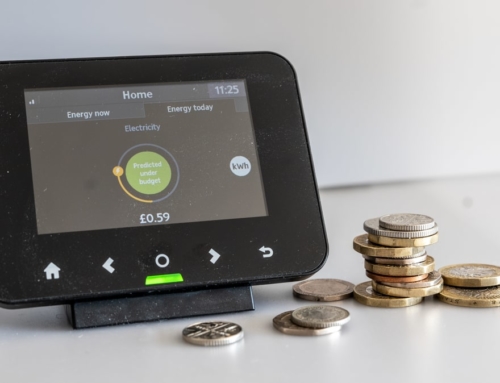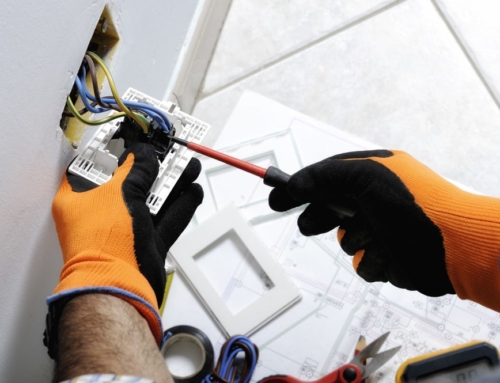
Getting ready to renovate your new home? Check the electrics first
If you’ve just bought your first property, it’s time to get your hands dirty and learn how to deal with basic wiring. Knowing the ropes is essential if you’re to keep yourself safe as you work. We don’t recommend that amateurs take on complicated electrical projects, but being able to replace a light switch or plug socket is a benefit while you’re redecorating and refurbishing a property.
Domestic wiring is fairly easy to understand, and this article will describe the basics, but we can’t describe everything you need to know. If you spot anything unusual, or you’re not confident enough to proceed, stop and contact us for advice.
Typical wiring
In the UK, domestic wiring is based on the idea of ring or radial circuits. Each circuit has the capacity to support one or more outlets or devices, and is connected to the mains supply through a Consumer Unit; the modern term for a fuse box.
For power sockets, you will normally have one ring circuit per floor, although you may have a separate ring in the kitchen since most of your power is used there. For lights, you will typically have one radial circuit per floor.
Inside your Consumer Unit, there’s a mains switch that lets you turn off power to the whole house. You will also have a fuse for each circuit, and possibly one or more RCDs, if your Consumer Unit is relatively modern. RCDs help to prevent electric shocks, so if you don’t have an RCD, an upgrade could be worthwhile.
As a rule of thumb, live wires are always brown, blue wires are neutral, and green and yellow striped wires are Earth wires. Sometimes, Earth wires are bare and have no coloured sheath on the flex. In an older property, live wires will be coloured red, and black wires are neutral, so bear this in mind if you’re refurbishing an old house.
Adding sockets
We normally recommend that you have two double sockets per bedroom, and four double sockets in the kitchen. For practical reasons, you will probably want a few more. If you need to add a new socket to a ring circuit, you can, as long as the capacity of the ring hasn’t been exceeded.
It’s possible to create a spur for a socket, if it’s not possible to add them to the ring. One good example is adding a socket in a new extension or conservatory, just beyond the reach of the existing circuit.
We don’t recommend having sockets in the bathroom if you can avoid it, due to the obvious risk. UK houses don’t generally have appliances in the bathroom anyway, so it’s better to avoid the risk entirely. Bathroom electrics are generally complex and best left to a qualified professional.
When to call us
Many electrical jobs are covered by Part P of the building regulations, and that means you must employ a certified professional. For anything more than a simple electrical job, or for a complete house rewire, MD Bespoke are the contractors to call.






























